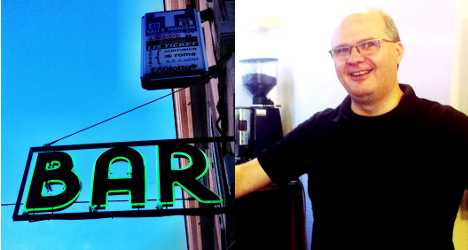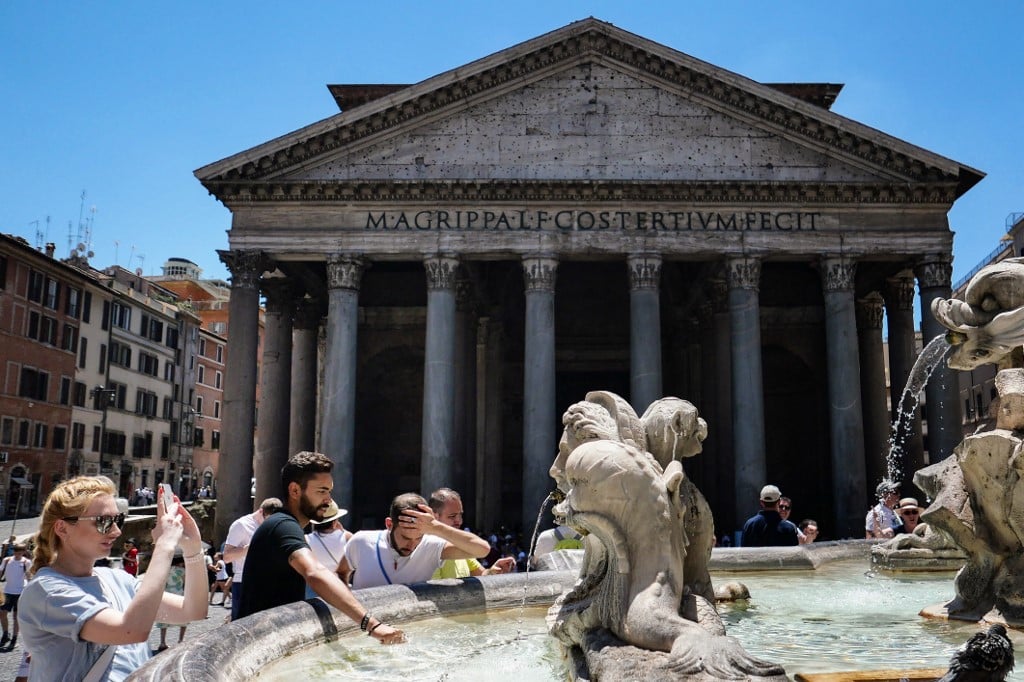Understanding the rules of coffee drinking in Italy is essential before asking for a job behind the bar. It would be unthinkable for a barista to take their coffee sitting down, order a cappuccino in the afternoon or a latte at any time of day.
Thankfully, a lot of these can be learnt by indulging in a morning coffee and watching the Italian scene play out.
You will likely notice the speed behind the bar and realize that the shift from customer to barista is bound to be an exhausting and challenging step.
Firstly, you must be a morning person. By the time an office worker swings by their local bar for a morning coffee a barista has likely been up for hours.
“Baristas start work at 6.00am and the last shift finishes at 9.00pm,” Luigi La Licata tells The Local.
Luigi has more than 30 years in the business behind him and owns La Licata bar, just a stone's throw from the Colosseum.
When he spoke to The Local, the church bells had not yet struck eight, but he and his staff were already wide awake in the midst of the morning rush. The days are long, with Luigi working 14 or 15 hour shifts.
Don’t expect to have a holiday, either. Although most Italians leave the city during August, the baristas are the last to shut up shop. While Rome’s Monti neighbourhood slept through mid-August, baristas at La Licata stayed and instead just closed a little earlier each day.
While commitment is key, Luigi says that when hiring a new barista, experience is the priority. Each barista makes 400-500 coffees a day, leaving little time to learn the ropes, he adds.
This can pose problems for foreigners, who may have grown up in a world surrounded by americanos and – the horror – instant coffee.
Thankfully, there is a fall back. “The ability to work with the public,” is also seen by Luigi as a vital part of the trade.
Each Italian bar exists as an unofficial members’ club, with baristas knowing the names and daily routines of their customers.
Aspiring baristas who think the "personal touch" is a misspelled name on a Starbuck’s cup will need to rethink. It's about getting used to Chiara arriving at 7.35am each morning for her caffè lungo, and Giuseppe a few minutes later for a pastry and caffè macchiato.
While daily chats may be short, relationships between baristas and customers are fundamental to the Italian bar scene.
For Luigi, this is the most rewarding part of the job. “I only do it for this, because the job itself is so exhausting,” he says.
“The best part is truly the relationships with people. I know so many people; this is the most beautiful thing.”




 Please whitelist us to continue reading.
Please whitelist us to continue reading.
Member comments